Comfort food – think all the ingredients of cabbage rolls, but in a casserole.
A post from Carolyn. You’ll likely find a bunch of recipes out there for cabbage roll casseroles. I looked at about 15 maybe before deciding on one, but then I tweaked it some. First, I substituted Impossible burger meat instead of ground beef. You can use beef, or ground chicken or turkey too. In a casserole like this, I doubt anyone could tell the difference!
There’s another recipe here on my blog that’s a similar concoction, Unstuffed Sweet & Sour Cabbage, posted waaay back when – in 2008. My goodness, how time flies. I also have made a similar mixture into a soup. But I prefer the sweet/sour aspect of this recipe and my 2008 one.
 First a chopped up an onion and sizzled that a bit in a big frying pan with a bit of oil. Then garlic, some celery (not in the original recipe), then the beef substitute. It cooks up just like ground beef, looking like raw, with redness, then it cooks out the red. Then a big can of diced tomatoes, tomato sauce and tomato paste are added. Paprika and thyme were sprinkled in. I also added some half-sharp paprika too. Since most of you won’t have that (you can buy it at Penzey’s), just add a little jot of Sriracha to the mixture. I added some beef soup base (not much) to give it a bit more beefy flavor, though you could use vegetable soup base just as easily. I added a little bit of caraway seed, ground sage, celery seed too. Those weren’t in the original recipe either.
First a chopped up an onion and sizzled that a bit in a big frying pan with a bit of oil. Then garlic, some celery (not in the original recipe), then the beef substitute. It cooks up just like ground beef, looking like raw, with redness, then it cooks out the red. Then a big can of diced tomatoes, tomato sauce and tomato paste are added. Paprika and thyme were sprinkled in. I also added some half-sharp paprika too. Since most of you won’t have that (you can buy it at Penzey’s), just add a little jot of Sriracha to the mixture. I added some beef soup base (not much) to give it a bit more beefy flavor, though you could use vegetable soup base just as easily. I added a little bit of caraway seed, ground sage, celery seed too. Those weren’t in the original recipe either.
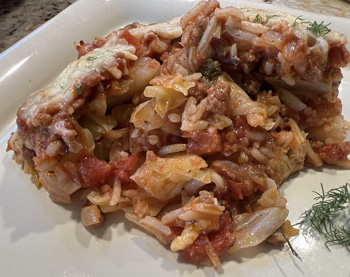 Meanwhile I cooked up 2/3 cup of basmati rice (long grain) and set it aside. Once the sauce came to a boil I simmered it for about 20 minutes to meld the flavors. I poured it out into a big bowl. Then I chopped up a big green cabbage. Some recipes leave the cabbage in wedges, but I liked the idea of layering the cabbage and the “meat” sauce, so I cut it into about 1″ squares, approximately. That got sautéed a bit in oil and water (in the original pot), then steamed until mostly cooked. One recipe cautioned that the baking of the casserole doesn’t cook the cabbage any further, so it needs to be fully cooked before composing the casserole.
Meanwhile I cooked up 2/3 cup of basmati rice (long grain) and set it aside. Once the sauce came to a boil I simmered it for about 20 minutes to meld the flavors. I poured it out into a big bowl. Then I chopped up a big green cabbage. Some recipes leave the cabbage in wedges, but I liked the idea of layering the cabbage and the “meat” sauce, so I cut it into about 1″ squares, approximately. That got sautéed a bit in oil and water (in the original pot), then steamed until mostly cooked. One recipe cautioned that the baking of the casserole doesn’t cook the cabbage any further, so it needs to be fully cooked before composing the casserole.
Into a big 9×13 pan it went – half of the cabbage – then half the “meat”, then the remaining cabbage and remaining “meat.” I also sprinkled on some fresh dill in between the layers and some more on top when it was served.
 This makes a generous quantity, and it’s very filling. I ate one portion and then squared out more portions and put them in freezer containers for another day. Always happy for that occurrence. I used some plastic wrap to mold (pressed directly on) the top of the food itself, then put the plastic lid on top. I didn’t want it to grow ice crystals, so hope that will be a good solution. My cousin Gary is coming to visit over Thanksgiving, so this will make a nice dinner for us one night.
This makes a generous quantity, and it’s very filling. I ate one portion and then squared out more portions and put them in freezer containers for another day. Always happy for that occurrence. I used some plastic wrap to mold (pressed directly on) the top of the food itself, then put the plastic lid on top. I didn’t want it to grow ice crystals, so hope that will be a good solution. My cousin Gary is coming to visit over Thanksgiving, so this will make a nice dinner for us one night.
What’s GOOD: loved the ease of making this – it’ll serve at least 8-10 people. I liked that the whole casserole had just 2 cups of cooked rice in it (since I try to limit carbs). Loved the flavors, the sweet (from the tomatoes) and the sour (from the little bit of cider vinegar added at the end). You might ask – why did she put in celery? Because of the flavor – celery adds a nice addition to flavors. It probably isn’t in cabbage rolls. I try to add more veggies wherever I can.
What’s NOT: nothing really. It made a mound of dirty dishes, but it wasn’t all that bad. I miss my dear hubby who used to wash all the dishes for me – that was our deal – I cooked – he cleaned up.
printer-friendly PDF and MasterCook file (click link to open recipe)
* Exported from MasterCook *
Cabbage Roll Casserole
Recipe By: Adapted a lot from Spend with Pennies blog
Serving Size: 9
1 tablespoon olive oil
1 large onion — diced
1/2 cup celery — chopped
3 cloves garlic — crushed
1 pound meat substitute — like Impossible or Beyond Beef, or lean ground beef, or ground pork, or 1/2 pound of each
28 ounces canned diced tomatoes — including juice
1 cup tomato sauce
1 tablespoon tomato paste
1/2 teaspoon beef broth concentrate — or vegetable broth concentrate
1 teaspoon paprika
1 teaspoon half-sharp paprika — or add Sriracha to taste
1 teaspoon thyme
1/2 teaspoon sage
1/2 teaspoon caraway seeds
1/2 teaspoon celery seeds
1/2 teaspoon salt
1/2 teaspoon pepper
2 cups cooked rice — (about 2/3 cup raw)
2 teaspoons cider vinegar
1 teaspoon dill weed — optional
CABBAGE:
1 large head cabbage — about 12-14 cups
1 tablespoon olive oil — or more if needed
4 tablespoons water
TOPPING:
1 1/2 cups Gruyere cheese — grated
1 1/2 cups Monterey jack cheese — grated
fresh dill weed sprinkled on top
1. Preheat oven to 375°F.
2. in a large skillet sauté onion and celery in olive oil for about 5 minutes. Then add garlic and the meat of choice over medium heat until no pink remains. Drain any fat. Stir in diced tomatoes (including juice), tomato sauce, tomato paste, and all seasonings – broth concentrate, paprika, half-sharp paprika or Sriracha, thyme, sage, caraway, celery seeds, salt and pepper. Simmer uncovered for about 20 minutes until thickened. Remove from heat and add cooked rice. Add cider vinegar and stir thoroughly so it’s mixed well throughout. Taste for seasonings (may need more salt). Remove meat to a bowl and set aside.
3. Meanwhile, chop cabbage into 1″ squares. Heat half the oil in same large skillet and add 1/2 of the cabbage and 2 tablespoons of water. Cook just until softened (about 10 minutes). Watch carefully so cabbage doesn’t burn, adding more water if needed until cabbage is cooked through. Repeat with remaining cabbage. Place 1/2 of the cooked cabbage in a 9×13 casserole dish. It will just barely cover the bottom of the casserole. Top with 1/2 of the meat sauce. Sprinkle some fresh dill in between layers. Repeat layers of cabbage and sauce.
4. Sprinkle top of casserole with a generous portion of the two cheeses. You may refrigerate the casserole for a later time (allow to cool first). When ready to bake, remove casserole from refrigerator for about an hour before baking – it may take longer to bake.
5. Bake for 45 minutes, or until top of casserole (the cheese) is golden brown and the casserole is bubbling around the edges. If you’re not sure it’s thoroughly heated, test casserole in the center with an instant read thermometer and casserole should read 165°F. Remove from oven then sprinkle more diill weed on top. Allow to rest for 5 minutes, cut and serve.
Per Serving: 514 Calories; 33g Fat (56.7% calories from fat); 35g Protein; 22g Carbohydrate; 6g Dietary Fiber; 78mg Cholesterol; 1039mg Sodium; 5g Total Sugars; trace Vitamin D; 757mg Calcium; 3mg Iron; 494mg Potassium; 632mg Phosphorus.




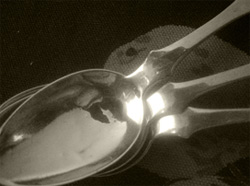
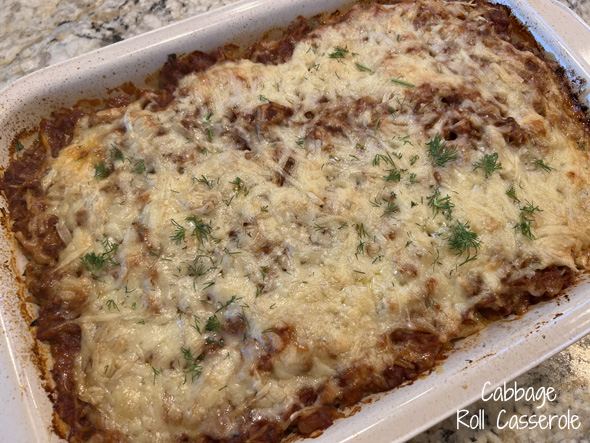

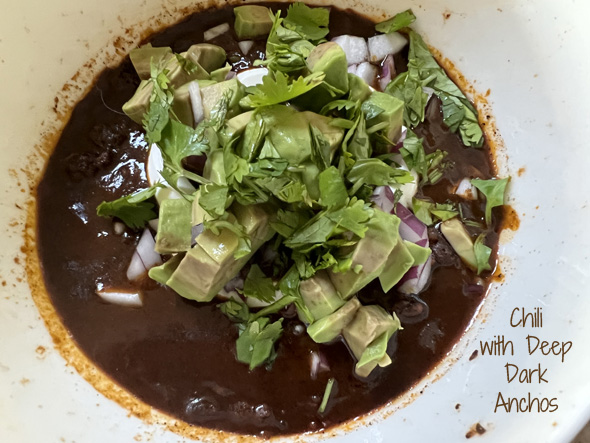

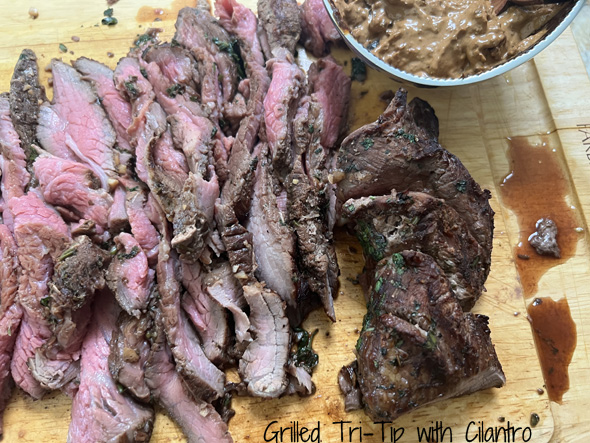
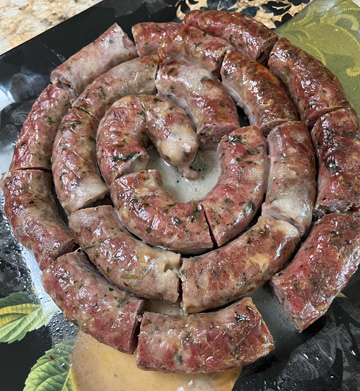
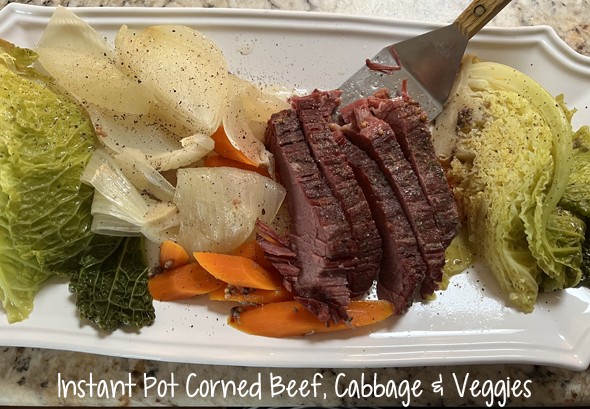
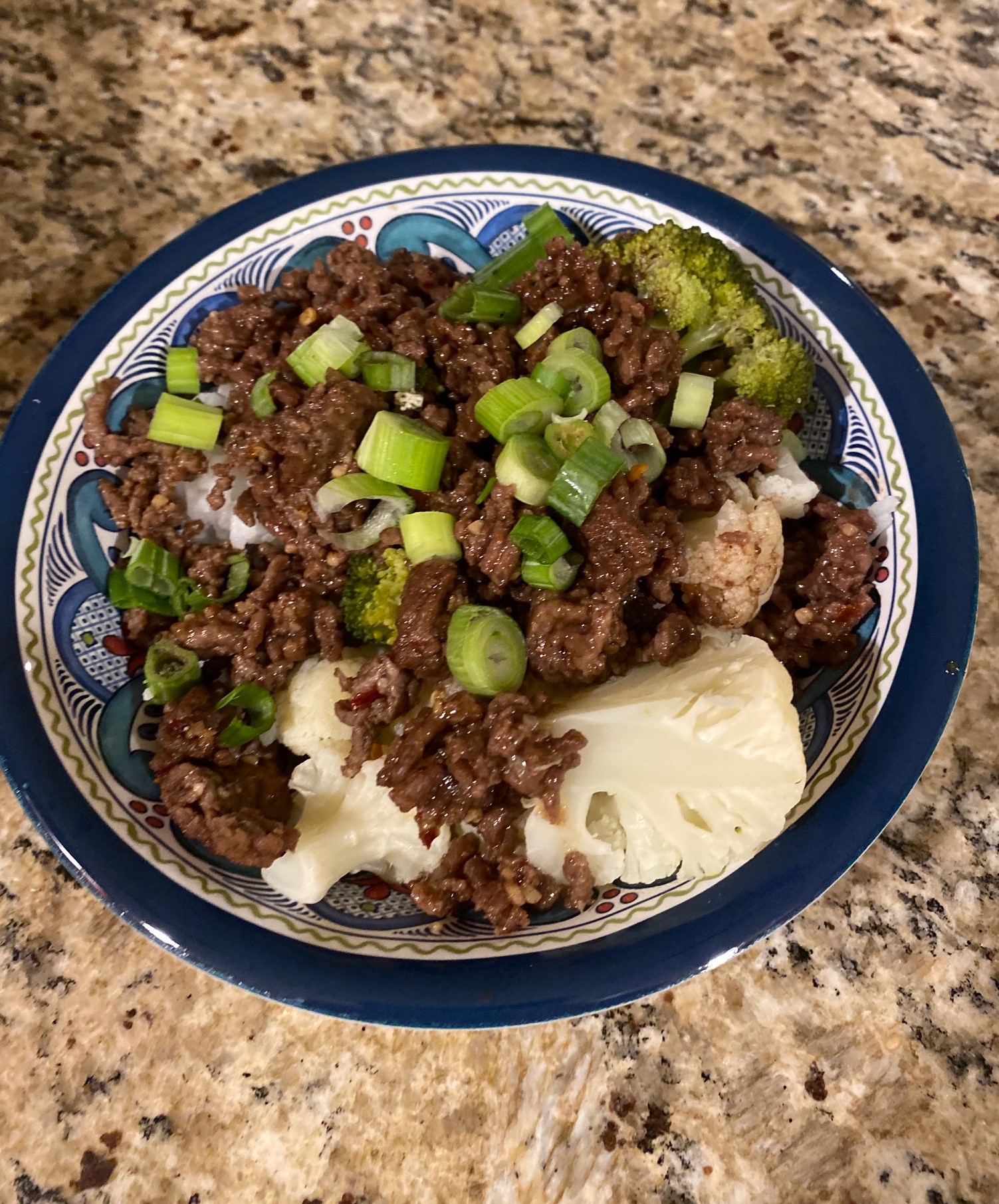
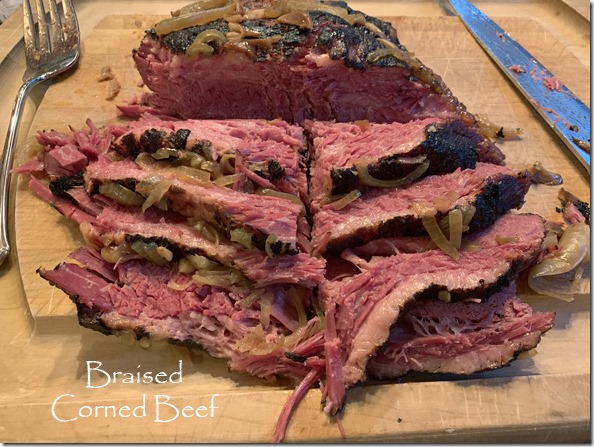
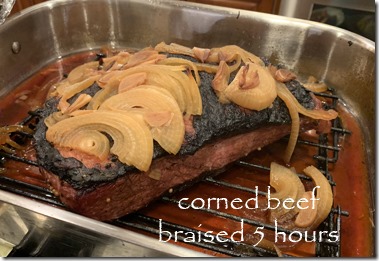
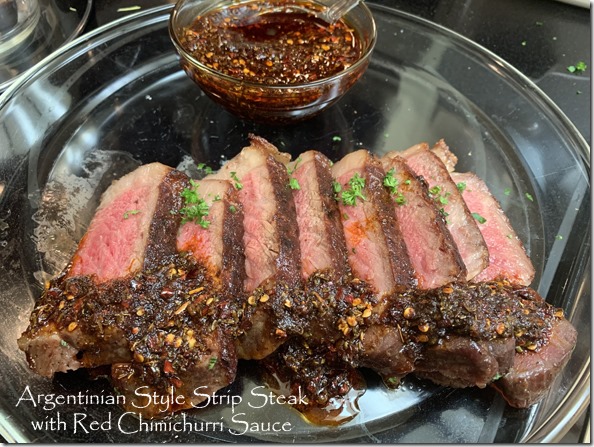
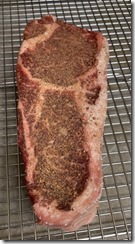
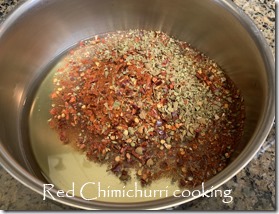
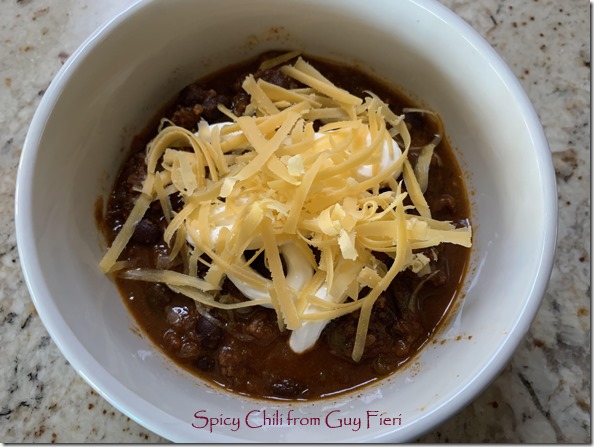
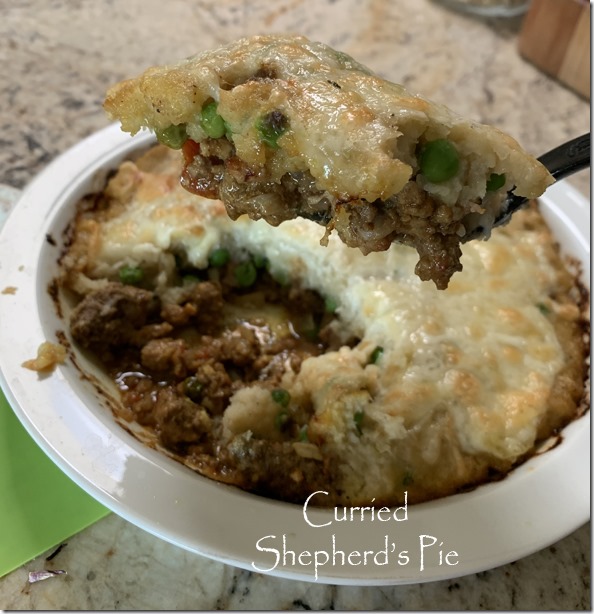
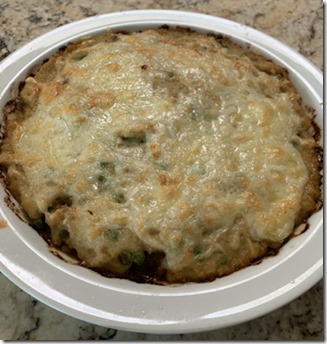
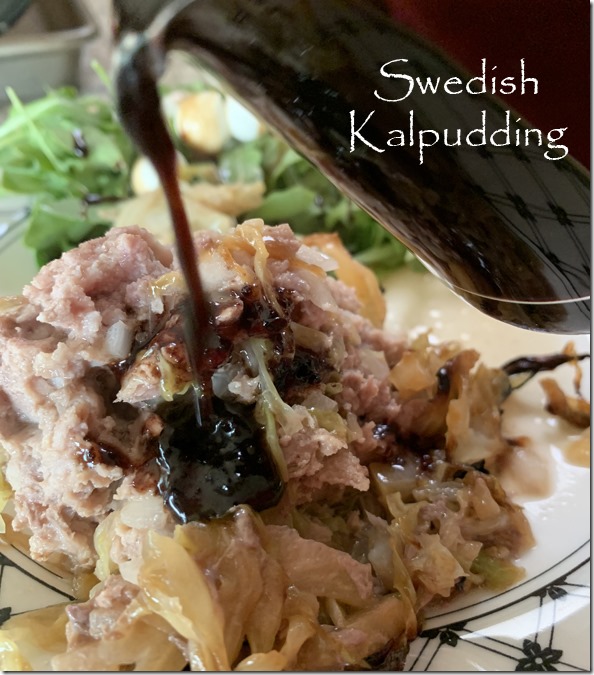
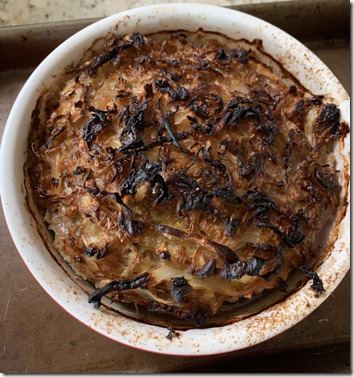
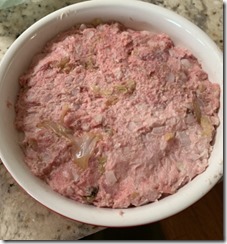
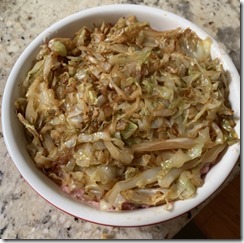
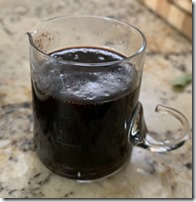
Leave a Comment!